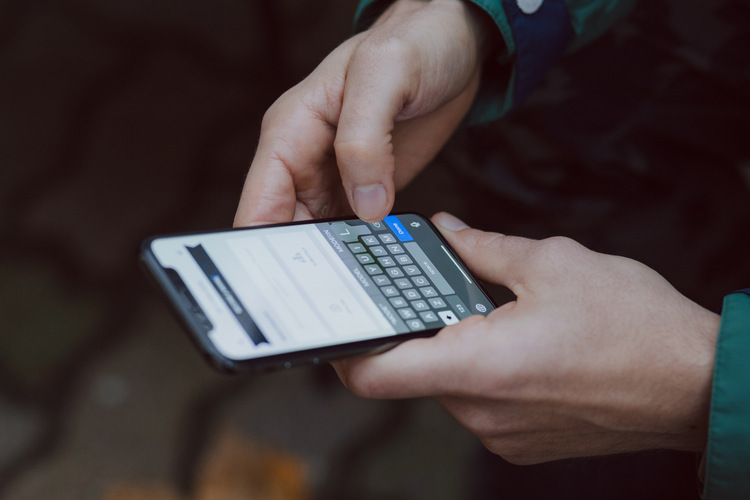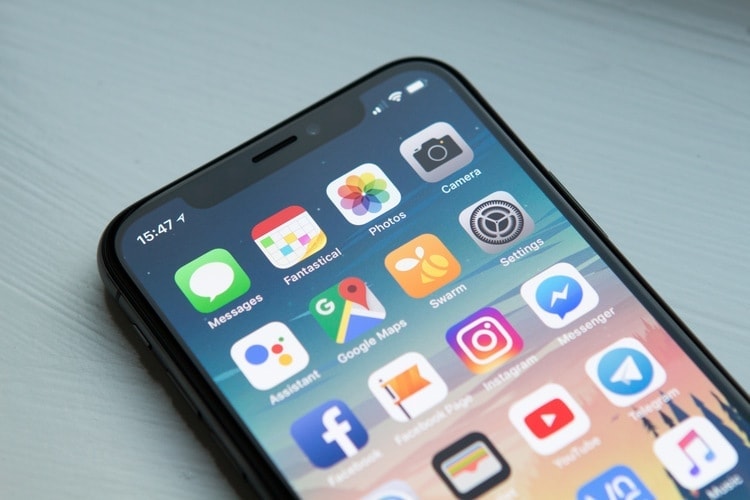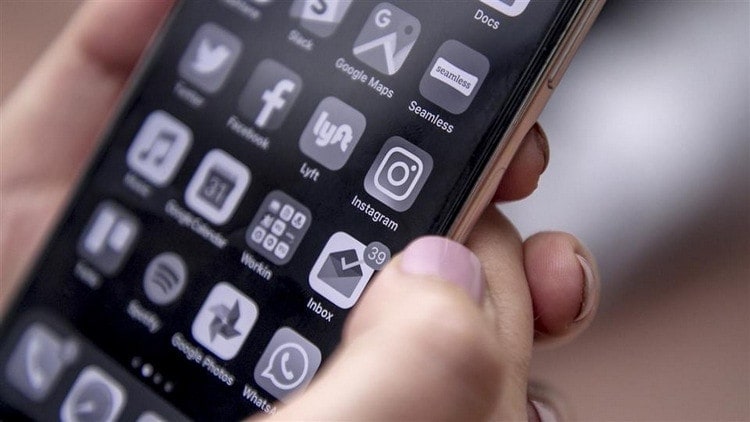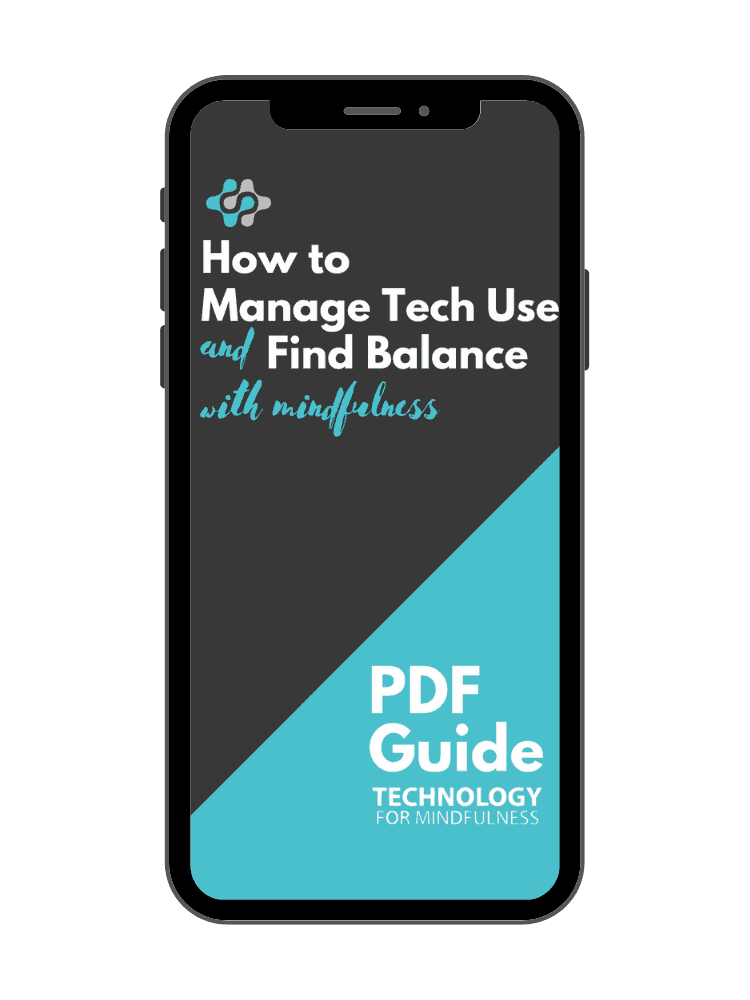Our smartphone helps us stay connected with those we love and can keep us safe.
It helps us navigate uncharted roads, light dark rooms, manage our to-do list, and keep up with world events.
It entertains us and gives us the ability to find an answer to virtually any question at a moment’s notice.
And the power of the handheld devices in our pockets grows by the day.
But while the benefits of 21st Century technology, especially smartphones, is undeniable, the conversation about our smartphone habits and their effect on our mental and physical health is becoming louder.
Are smartphones good or bad for you?
So, what’s the verdict? Exactly what are smartphones doing to us? Are they bad? Good for us?
Researchers are still learning all the potential effects associated with regular smartphone use. However, most aren’t out of the ordinary of side effects connected to overuse in really anything else.
A meta-analysis published in the Global Journal of Multidisciplinary Studies found that studies have reported a range of potential health-related issues in connection with smartphone use such as:
- Sleeplessness
- Wrist pain
- Arthritis
- Increased stress and reduced happiness
- And issues relating to a lack of social connection
Arthritis and wrist pain are common problems among those who type for long periods of time each day and isn’t restricted to smartphone use. Plus, simple hand and finger exercises started now and continued regularly can do wonders to help stave off the effects of both.
Sleeplessness is connected mostly to the blue light which smartphones give off. All you need to do is turn your phone off at least one hour before bed (though two is better) and you’re good.
But what about those last ones: issues relating to a lack of social connection and increased stress and reduced happiness? Those are more nebulous and it’s where the real mental health issues lie.
Persuasion vs. coercion
Smartphones and their associated software (and all of the Internet, really) are designed to profit from your attention. The more eyeballs that are on their assets, the better business is for them.
That means they’ve gone to great lengths to attract you and keep you coming back for more (especially social media).
But that means your attention is being, well, manipulated in a way.

- Persuasion: Getting someone to do something they want to do. (Positive)
- Coercion: Getting someone to do something they don’t want to do. (Negative, unethical)
Coercion is clearly unethical. But persuasion can be as harmless as a product being designed in a way that is pleasing to the eye when you see it on the shelf in a store. In other words, it’s something we’re used to and is in most cases acceptable.
Smartphone software has been criticized for their use of these kinds of manipulation techniques, as BrainCraft recently explored:
However, these tricks are used in everything from supermarkets to department stores, street signs, and movie posters. This kind of persuasion is a part of all of our lives that we accept as being useful and even, in some cases, necessary.
Getting mindful about your smartphone use
So then, what’s the problem? The problem is smartphones, and the digital world in general, take these persuasion tricks and turn them up several notches in an effort to monopolize our attention.
Without enough self-control and intentional choices regarding their use, things like Facebook and Instagram will begin to swallow up huge portions of your time.
And that’s where smartphones can become harmful.
Studies have found that mindlessly flipping through social media can increase our anxiety, diminish our self-esteem, and ironically lead to feelings of social isolation.
In addition, they lead to multi-tasking, often doing one thing while we’re mindlessly flipping at the same time. And this can kind of split attention can affect our happiness, as one Harvard study found.
These are real health challenges that can’t be overlooked.
However, it’s exactly what we just mentioned that is needed to keep this from happening: more self-control and intentional choices about how we use our devices.
With those in place, you can enjoy your smartphone without being ruled by it.
How to take back your health without putting your phone down
Clearly, smartphones and the software connected to them aren’t entirely bad.
I have many apps on my phone I owe a great deal of convenience, comfort, and pleasure to and you probably feel the same.
But the way many of us use our smartphones isn’t entirely healthy, and a growing dependence upon our devices can only make that worse. That is unless we do something about it.
Here are tips for taking back your health without putting your phone down:
Cultivate better self-awareness
Though a simple principle, self-awareness is at the heart of taking back your health and attention in terms of your smartphone use.
Without becoming, and staying aware of how you’re using your phone you can’t ever hope to manage that use in a healthy way.
First, use an app like Moment to get an idea of how (and how much) you’re using your smartphone. This alone will give you all kinds of useful information.
Once you’ve done that, begin to pay attention to how you’re using your phone. Notice how you jump each time a notification chime goes off and how you lose yourself in your feed for thirty minutes before realizing what you’re doing.
A simple smartphone mindfulness practice will help you begin to notice your basic patterns of behavior and that awareness is a powerful motivator to change.
Even if you don’t do anything else, just becoming aware of your behaviors in connection with your device is incredibly useful.
Do an app inventory and identify your ‘guilty pleasures’
Now that you’ve started to become aware of your smartphone habits, it’s time to do a little reorganizing.
First, do a clean sweep of your phone by deleting any apps you just don’t need or can live without. Really try to cut it down to the essential apps you actually use regularly or believe you get some sort of value from.
Next, identify your ‘guilty pleasure’ apps such as Facebook, Snapchat, or your favorite game. How much time are you spending on it? What are you doing while you’re on the app? How do you feel afterward?
Do you really need the app? What would happen if you deleted it? If you can’t bring yourself to do that (or at least cut your use down), consider making the app(s) more difficult to access.
One way to do that is to remove the app from your phone screen. That way, you need to use your home screen to search for the app or pull up your full app list and scroll to find and open it.
This little bit of resistance to opening the app will often be all you need to manage your use effectively.
Manage how your phone interacts with you
Now that you’ve done a good cleaning of your phone, identified the real problem apps, and made them more difficult to get to, it’s time to look at managing how your phone interacts with you.
The most obvious example of this is with your notifications. Turn off all non-people-centric notifications to start and consider turning all notifications off for many or all apps (for some, this isn’t a choice, so do what you can).
Next, go grayscale. Grayscale is a color palette swap that makes the phone turn black-and-white. This is useful because it removes the color triggers we’ve been conditioned to respond to for our favorite apps.
Every phone is different, but to access it on an iPhone go to:
- Settings ->
- General ->
- Accessibility ->
- Accessibility Shortcut ->
- Color filters
By setting it up this way, you can triple tap the home button to turn grayscale back on whenever you need it (such as when you’re on an app).
And lastly, try to keep your home screen to tools or lesser-used apps only.
All those guilty pleasure apps you should either set to a second page or, preferably, delete from your home screen so you need to search them out as mentioned earlier.
Either way, cut your home screen down to those apps which serve a specific use. That will help you condition yourself to see that your phone is a tool more than a device used for enjoyment.
Take back control
Smartphones aren’t bad, but the software used within them is often designed to monopolize our attention.
And that, under the right circumstances, can be unhealthy.
However, that amazing little device is and has always been in your hands. You ultimately control how you use it.
There are tools and techniques you can use to manage your use. Use them to keep your attention centered where you want it to go while taking advantage of all those apps you can’t live without.





